Scrum is based on the test process control theory (Empirical Process, or so-called empiricism. Empiricism argues that knowledge derives from actual experience and observations in the current known circumstances. (Note that it is different from dogmatism, as well as fixed thinking based entirely on past experience, or partial empiricism that ignores theoretical guidance).
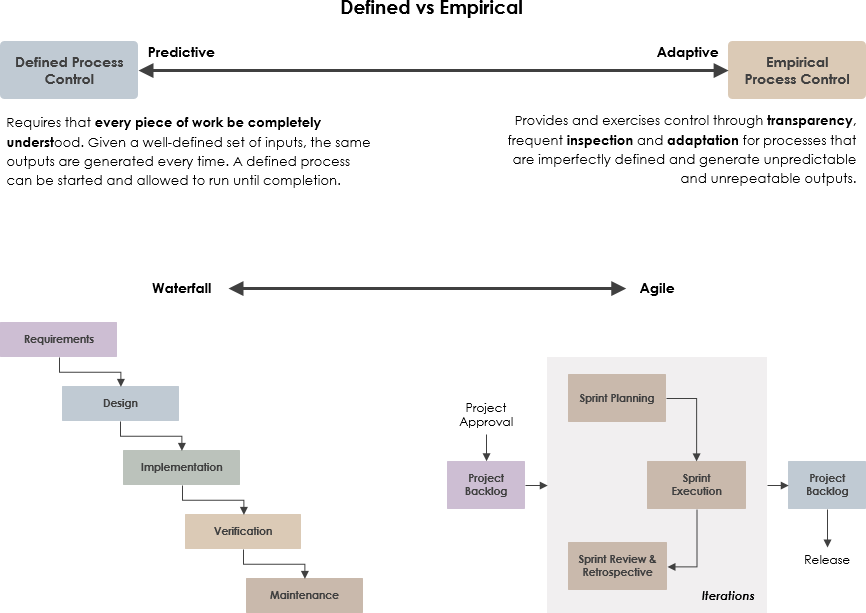
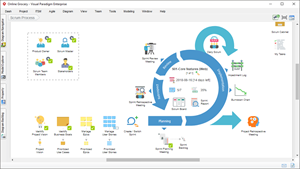
Best Scrum Software Every Project Needs
A powerful scrum software that supports scrum project management. It features scrum tools like user story map, product backlog management, sprint backlog management, task management, daily scrum meeting, sprint planning tool, sprint review tool, sprint retrospective tool, burndown, impediment, stakeholder and team management.
“Transparency, inspection and adaptation” are the three pillars of experimental process control, supporting the implementation of each experimental process control. Scrum uses an iterative, incremental approach to optimizing future predictions and managing risk, creating an organization’s ability to respond to changes in agility to achieve better results. Scrum draws on lean thinking, timeboxing, and fully reflects the agile declaration and agile principles.
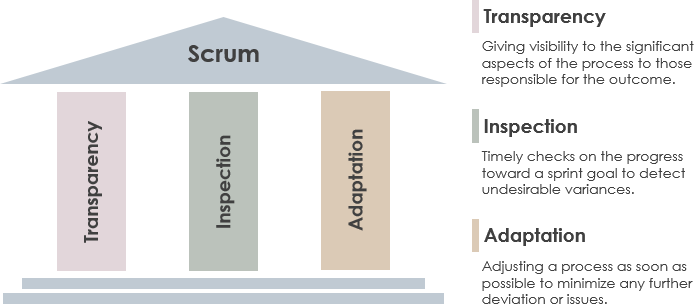
Scrum is a framework for developing and maintaining complex products through “view-and-tune”. It is a genre that follows the agile declaration and principles, integrating three roles, three artifacts, five events, five values, referred to as “3355“.
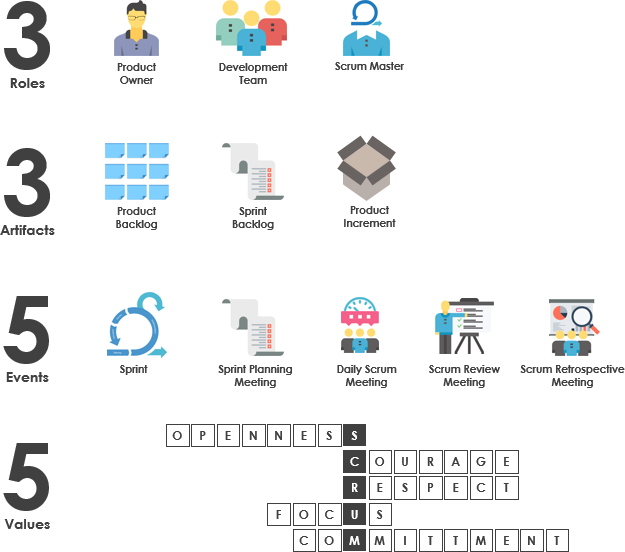
In this framework, the entire development process consists of several short iteration cycles called Sprint. The recommended:
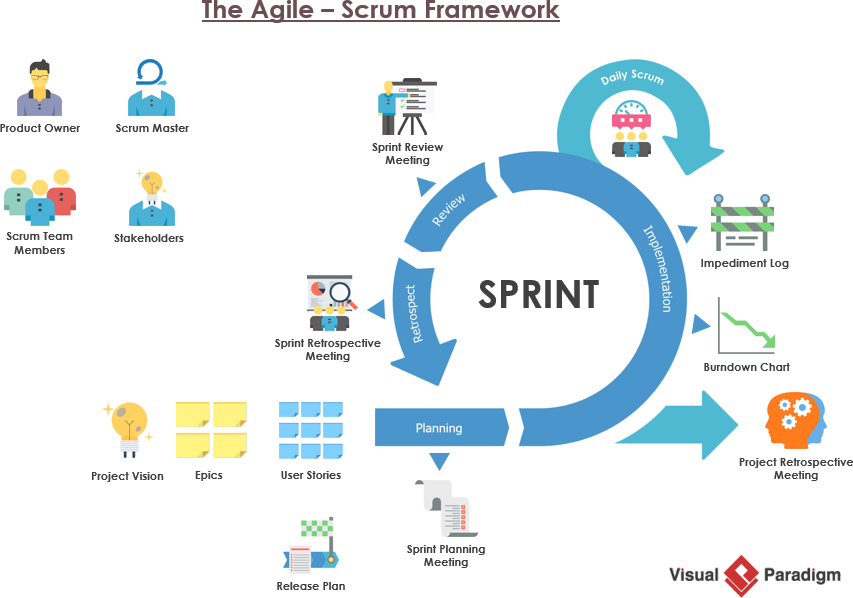
| About Visual Paradigm |
 Visual Paradigm help organizations stay competitive and responsive to change faster and better in today’s fast changing environment. Our award-winning products are trusted by over 320,000 users in companies ranging from small business, consultants, to blue chip organizations, universities and government units across the globe. It enables organizations to improve business and IT agility and foster innovation through popular open standards and process frameworks.Visual Paradigm, a killer Agile feature in 2018, introduced Scrum Process Canvas for automating the way a Scrum team to create, manage and deploy software application that empowers the team to continuously improve their performance at unprecedented speed and scale. Visual Paradigm help organizations stay competitive and responsive to change faster and better in today’s fast changing environment. Our award-winning products are trusted by over 320,000 users in companies ranging from small business, consultants, to blue chip organizations, universities and government units across the globe. It enables organizations to improve business and IT agility and foster innovation through popular open standards and process frameworks.Visual Paradigm, a killer Agile feature in 2018, introduced Scrum Process Canvas for automating the way a Scrum team to create, manage and deploy software application that empowers the team to continuously improve their performance at unprecedented speed and scale.
Manage the Entire Scrum Process in One Page
|